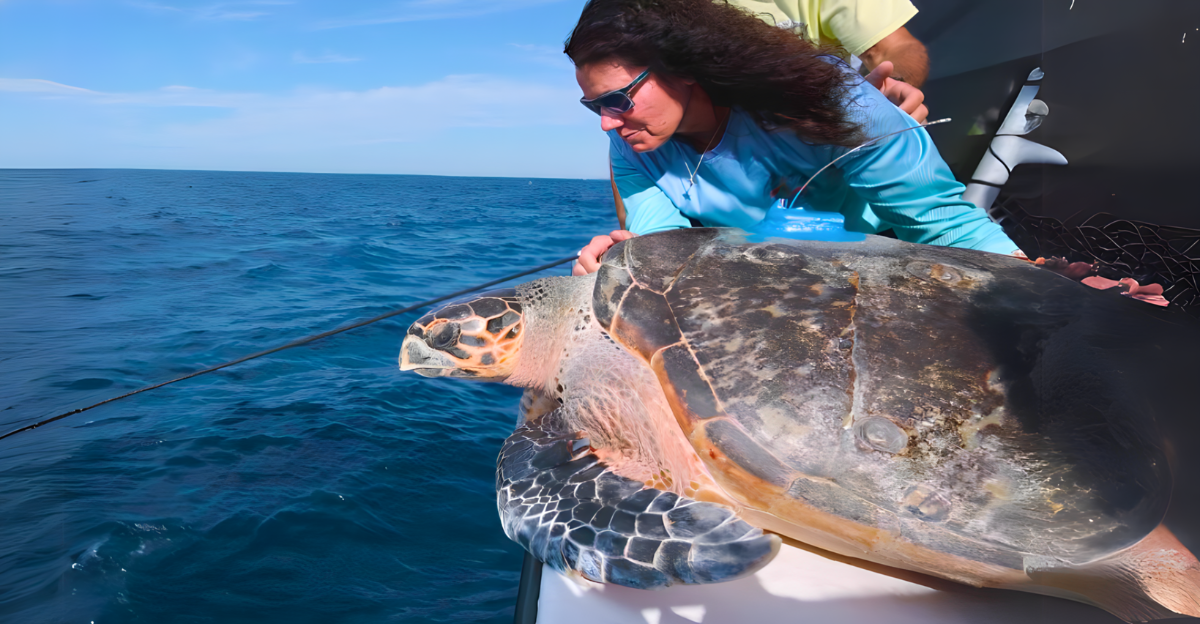
Across the United States, several native species are facing alarming population declines due to increasing global demand for food, medicine, and luxury goods. While many countries participate in wildlife trade, the growing international appetite for certain American species has intensified conservation concerns. This issue is not about assigning blame but rather highlighting the need for stronger protections, sustainable practices, and collaborative efforts to preserve biodiversity. The demand for seafood, exotic pets, and traditional remedies has put immense pressure on ecosystems. Overfishing, habitat loss, and illegal poaching threaten species that play crucial roles in maintaining environmental balance. These American species that are currently at risk due to global consumption patterns and what their decline could mean for the environment.
American Eel
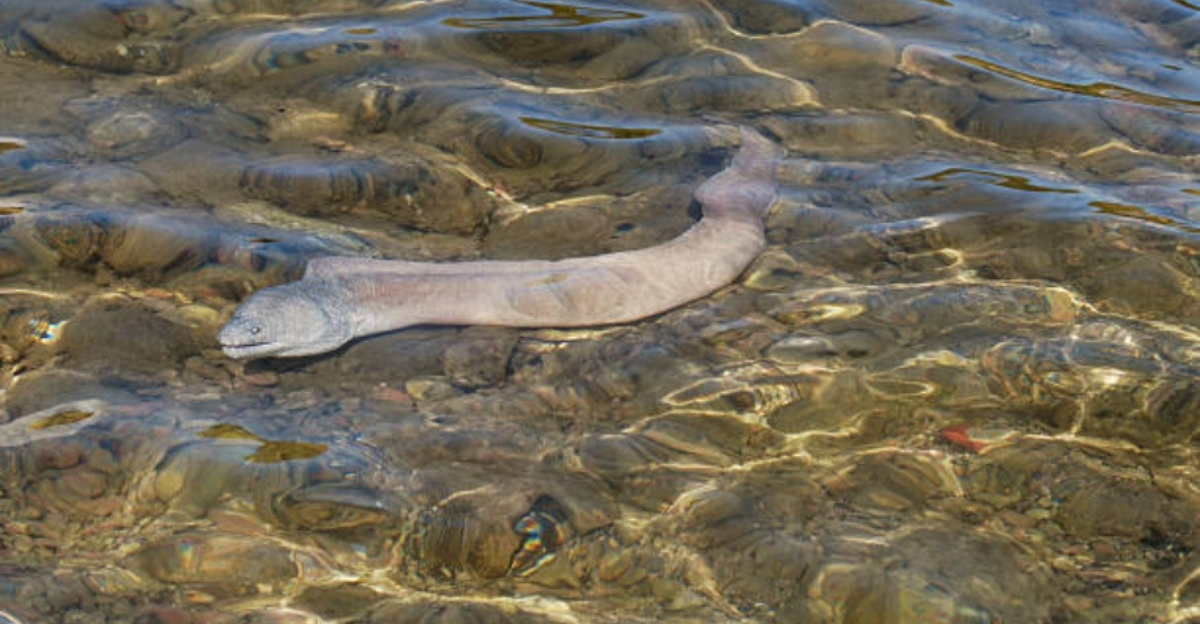
The American eel, native to the Atlantic coast and freshwater rivers, has been highly sought after for its delicate meat, a staple in many cuisines worldwide. Increasing harvest rates, especially for young glass eels, have led to population declines, prompting conservationists to call for stricter regulations. Their disappearance could disrupt aquatic ecosystems, as eels help control populations of smaller fish and invertebrates.
Atlantic Bluefin Tuna

One of the most prized fish in the world, the Atlantic bluefin tuna is a key ingredient in sushi and sashimi. Overfishing has reduced their numbers significantly, affecting oceanic food chains where they play a vital role as top predators. International efforts, including catch limits and marine reserves, aim to protect this species from further decline.
American Paddlefish
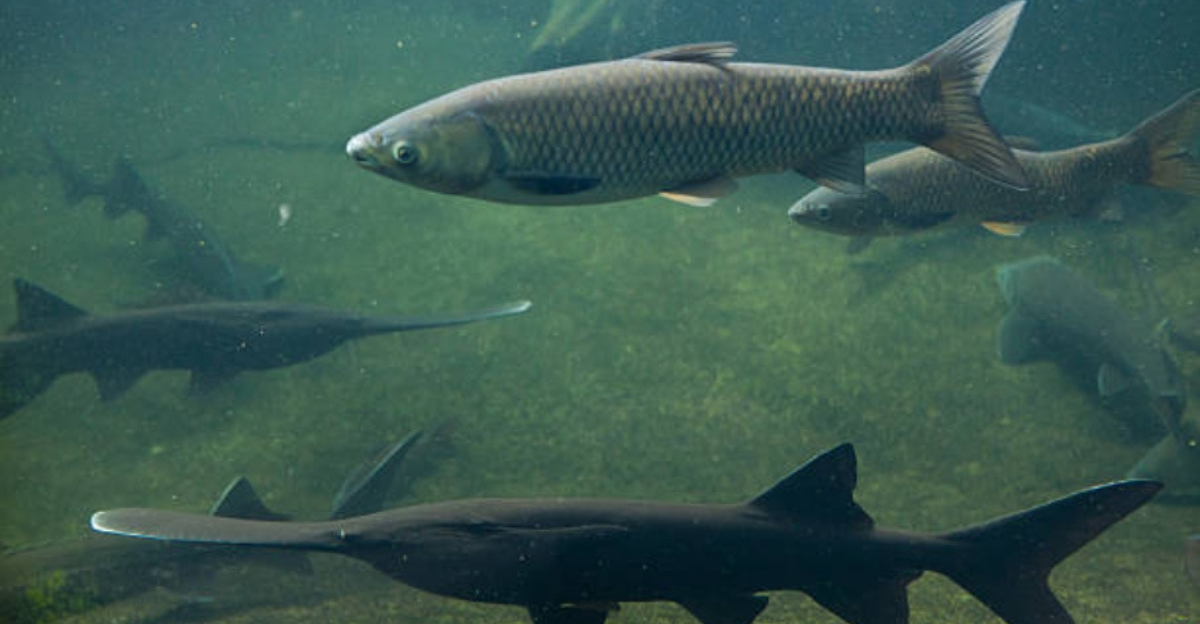
A prehistoric fish known for its roe, which is turned into caviar, the American paddlefish faces growing demand from global markets. Overharvesting has led to declines in wild populations, pushing conservationists to advocate for sustainable aquaculture as an alternative. This species plays a crucial role in freshwater ecosystems by filtering plankton and maintaining water quality.
Diamondback Terrapin
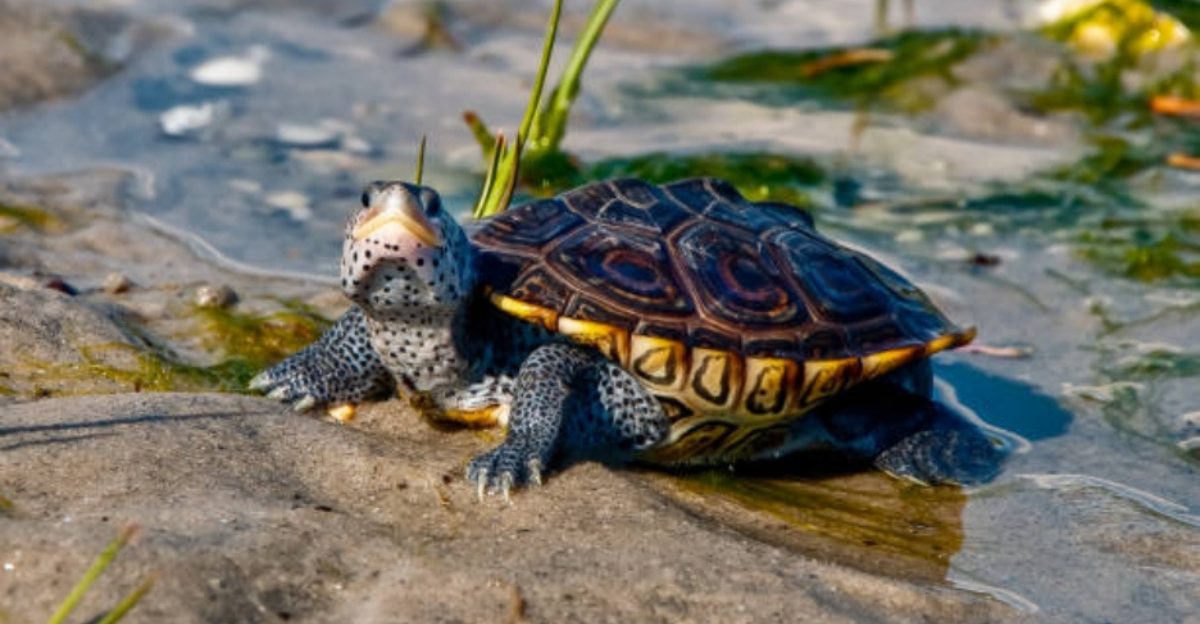
Once abundant in U.S. coastal marshes, the diamondback terrapin is highly valued for its meat and as an exotic pet. Increased collection has raised concerns about its survival, as terrapins help regulate snail populations that would otherwise overgraze marsh vegetation. Conservationists are working on habitat restoration and stricter protections to ensure their future.
Horseshoe Crab
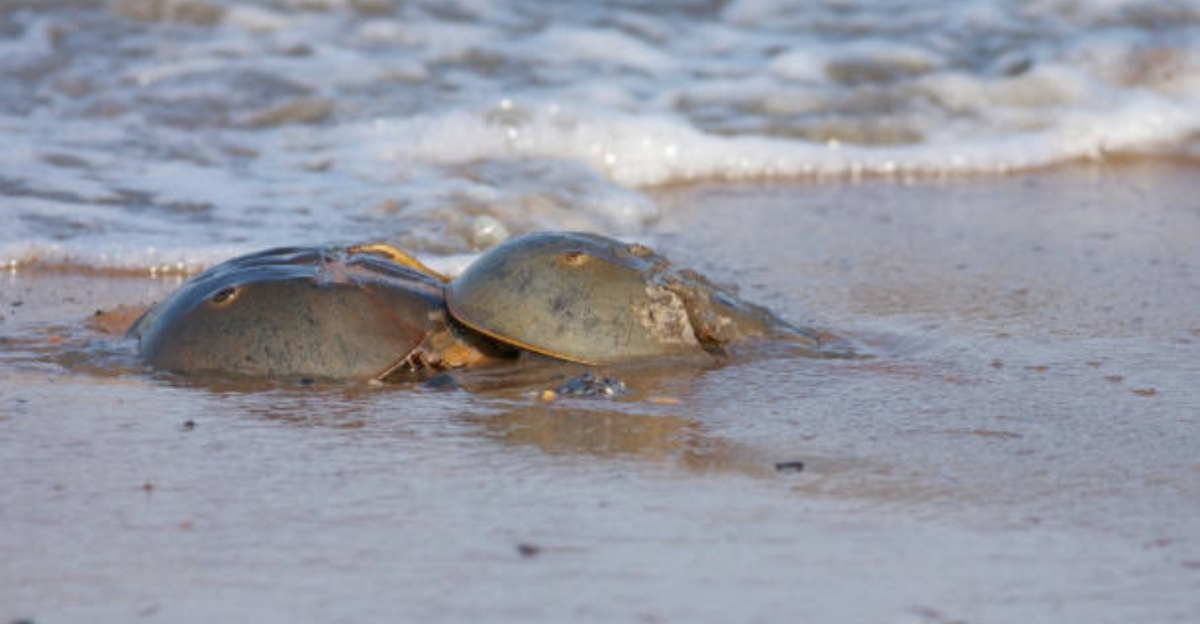
Horseshoe crabs are harvested for their blood, used in medical applications, and their eggs, which serve as food for migratory birds. Overharvesting could disrupt coastal food webs, impacting shorebird populations that rely on crab eggs for sustenance. Sustainable harvesting methods are being explored to balance conservation with biomedical needs.
Spotted Turtle
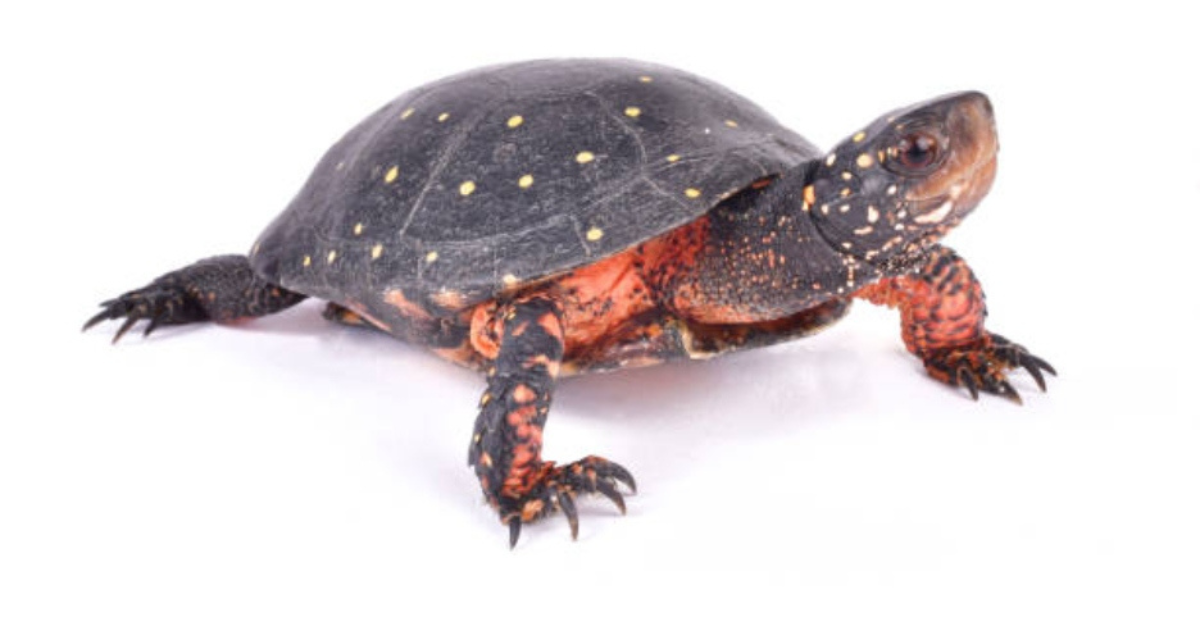
A small but striking freshwater turtle, the spotted turtle has become increasingly popular in the pet trade. Illegal poaching has reduced wild populations, leading to conservation efforts to protect wetlands where they thrive. Their decline could affect insect populations, as they help control certain species in aquatic environments.
Alligator Snapping Turtle
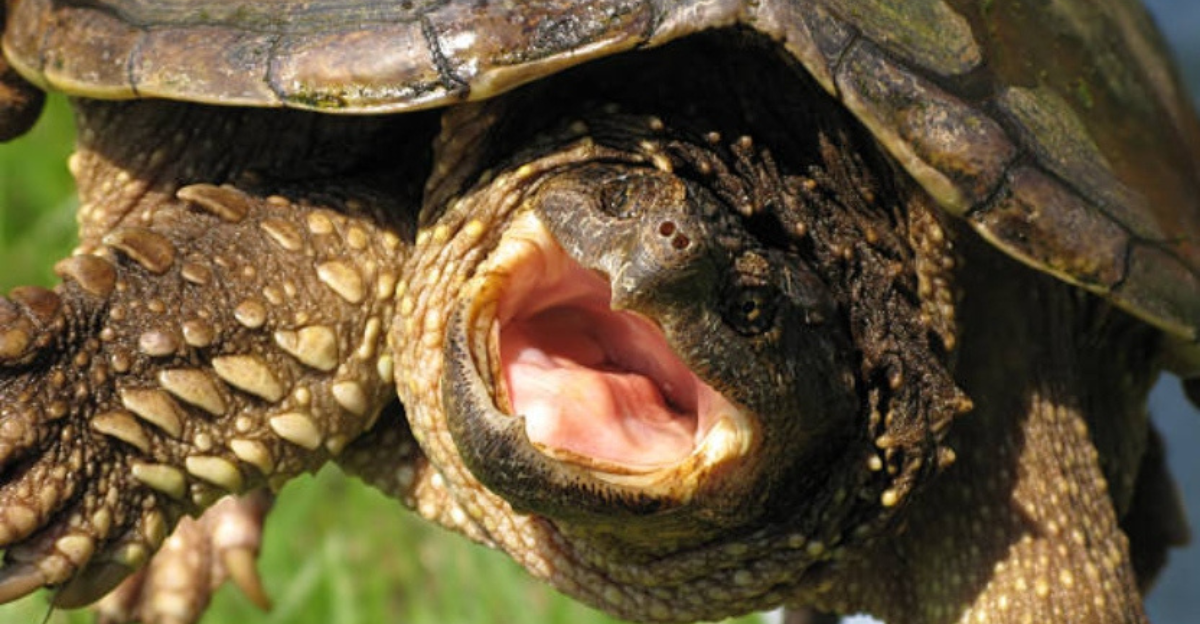
Known for its prehistoric appearance and powerful bite, the alligator snapping turtle has been harvested for its meat, leading to population reductions. This species plays a vital role in maintaining freshwater ecosystems by scavenging and keeping waterways clean. Conservation measures, including captive breeding programs, are helping to stabilize numbers.
Eastern Hellbender
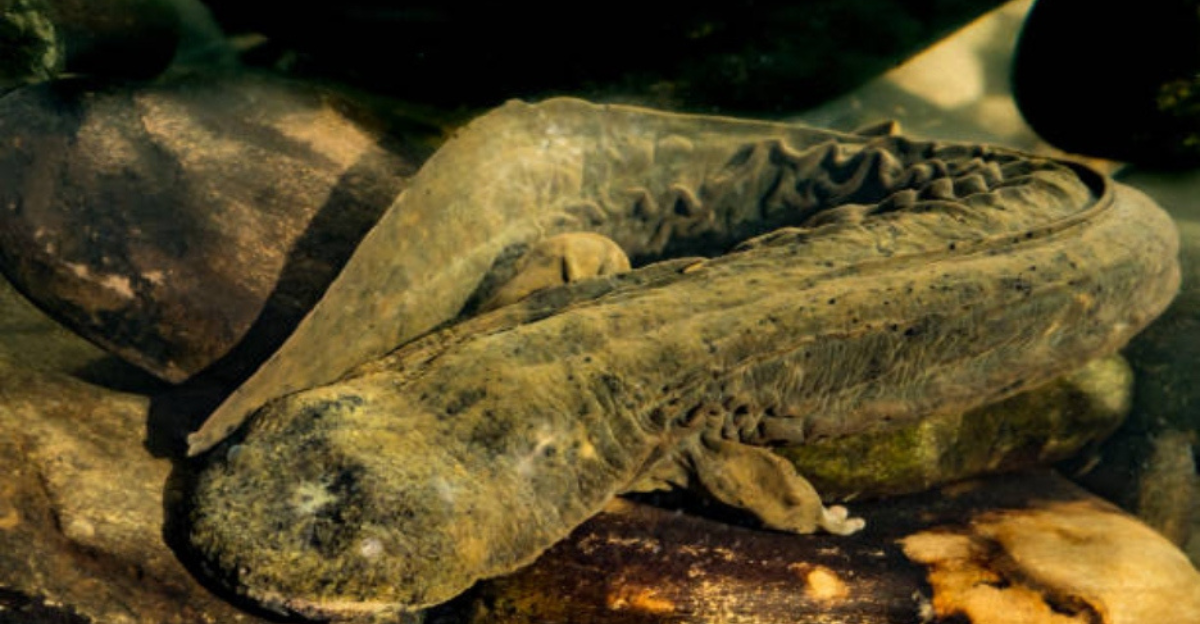
The Eastern hellbender, a large aquatic salamander, is often collected for scientific curiosity and as a pet. It serves as an indicator of clean water, and its decline signals broader environmental challenges, such as pollution and habitat degradation. Preserving clean, fast-moving rivers is essential for the survival of this unique species.
American Bullfrog

Though considered invasive in some regions, American bullfrogs have been harvested for food, impacting their native populations. They play an important role in controlling insect populations, and their decline could lead to increased numbers of pests. Sustainable harvesting practices and habitat protection are key to maintaining their ecological balance. The global demand for certain American species has highlighted the delicate balance between trade, culture, and conservation. While these animals have been sought after for centuries, their survival depends on sustainable practices and international cooperation. Protecting biodiversity is not just about preserving wildlife—it’s about maintaining the ecosystems that benefit all of humanity.
Red-Eared Slider

A popular pet turtle, the red-eared slider has been widely exported, leading to concerns over wild population declines. While they have thrived in many areas, overcollection in their native range threatens local ecosystems. Conservationists recommend responsible pet trade regulations to balance demand with sustainability. The loss of these species would not only affect biodiversity but also disrupt entire ecosystems. Predators such as tuna and alligators help regulate food chains, while species like mussels and paddlefish contribute to water purification. Without them, imbalances could lead to overpopulated species, algal blooms, and habitat degradation.
American Alligator
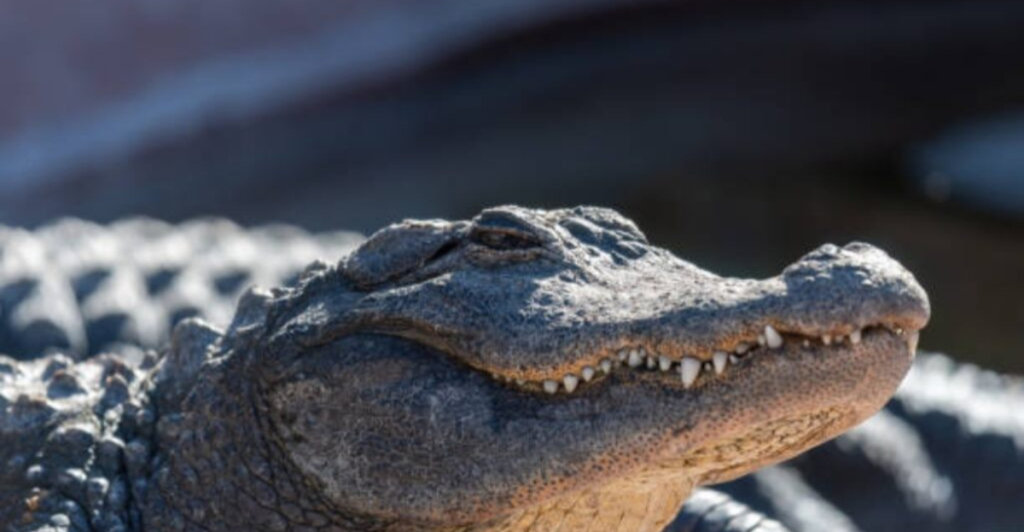
Once endangered, the American alligator has made a remarkable recovery, but illegal hunting for skin and meat still poses threats. Alligators play a crucial role in wetland ecosystems by maintaining water levels and controlling prey populations. Continued conservation efforts and regulated trade have helped manage their numbers effectively. Collaboration between governments, conservation organizations, and consumers is necessary to ensure sustainable practices. By supporting responsible harvesting, habitat restoration, and international conservation agreements, we can protect these species while respecting cultural traditions and food security.
Freshwater Mussels
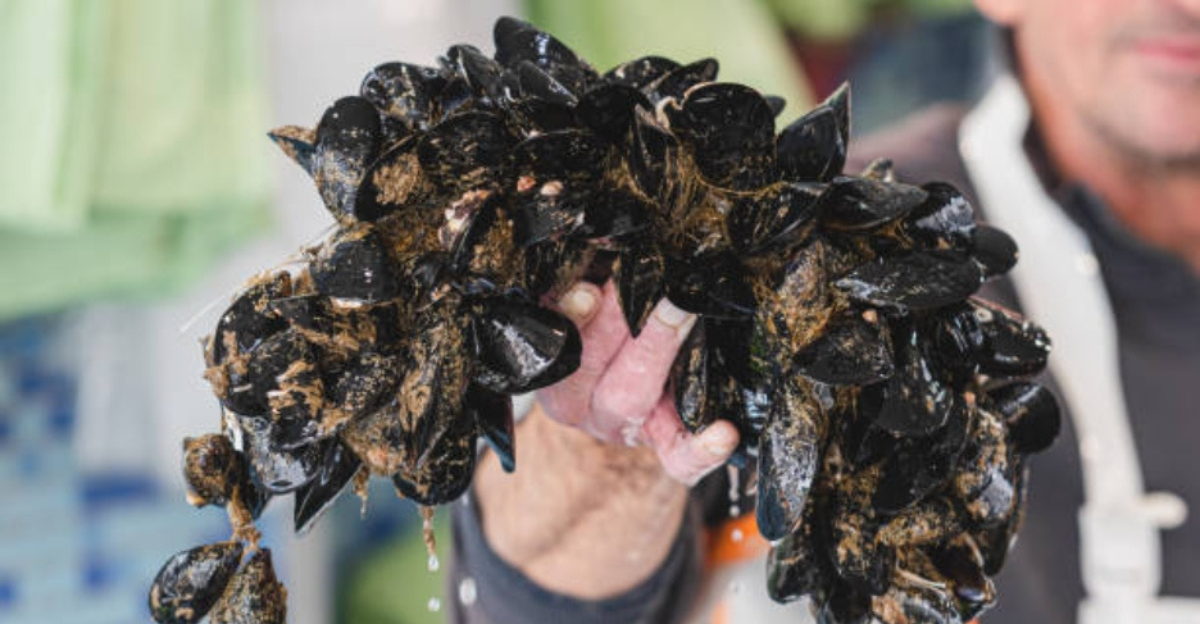
Freshwater mussels are harvested for their shells and meat, and their filtration abilities make them vital for clean waterways. Overharvesting, combined with pollution, has led to population declines in many river systems. Restoring water quality and implementing sustainable harvesting methods are crucial for their survival. By raising awareness and promoting responsible consumption, we can work towards a future where both nature and human traditions thrive. With stronger regulations, conservation initiatives, and public education, these twelve species may yet have a chance to recover and continue playing their vital roles in the environment.
Discover more of our trending stories and follow us to keep them appearing in your feed

The War on Cows Is Over—And Green Extremists Have Lost
Climate Change Overestimated? New Data Shows Oceans Are Cooling The Planet Faster Than Predicted
Scientists Are Bringing Back The Wooly Mammoth
13 Dog Breeds That Will Defend Their Humans No Matter What
References:
Reference 1
Reference 2
This article first appeared here
Stay connected with us for more stories like this! Follow us to get the latest updates or hit the Follow button at the top of this article, and let us know what you think by leaving your feedback below. We’d love to hear from you!







